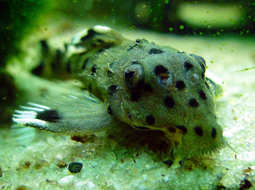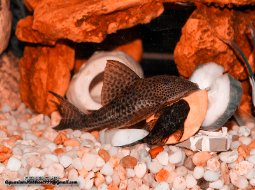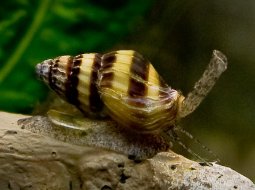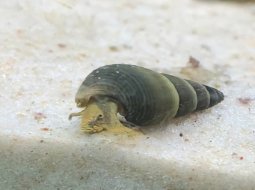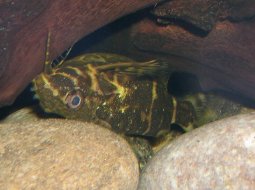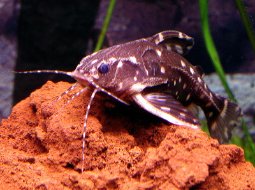
Loading Aqualapp ...
Care and Compatibility of Butterfly Peacock Bass - Butterfly Peacock Bass
Introduction
The Cichla ocellaris, commonly known as the Butterfly Peacock Bass or Yellow Peacock Bass, is a species of cichlid fish found in South America. It's a large and attractive fish that can reach considerable sizes in captivity. The name 'ocellaris' refers to the characteristic spots on its body, resembling ocelli. They have a robust, laterally compressed body with colors that vary with age and mood. They are predators, mainly feeding on live prey such as smaller fish and shrimps. In the wild, they inhabit warm and calm waters, like rivers and lakes. In captivity, they need a spacious tank with hiding spots. Due to their size and predatory nature, it's advisable to keep them with similar-sized fish and avoid smaller tankmates. They are intriguing fish for experienced hobbyists due to their requirements and unique behavior.
Behavior
The Cichla ocellaris, also known as the Butterfly Peacock Bass, is a large and active cichlid fish native to South America. It's recognized for its vibrant colors and predatory nature. In the wild, it inhabits warm and calm rivers, lakes, and lagoons. In captivity, it requires a spacious and well-equipped aquarium, as it can grow to considerable sizes. These are predator fish that feed on live prey such as smaller fish and shrimps. Due to their size and territorial behavior, it's crucial to keep them in an appropriate aquarium and avoid mixing them with smaller fish. They are captivating fish for cichlid enthusiasts and need responsible care.
Sexual Dimorphism
Sexual dimorphism in the Butterfly Peacock Bass is minimal and difficult to distinguish. Both sexes have a similar appearance.
Reproduction
Breeding Cichla ocellaris in captivity can be challenging due to their size and territorial nature. In the wild, these fish breed during the rainy season in shallow and calm waters. To reproduce them in tanks, a large and well-conditioned setup with spawning and hiding areas is needed. The female will deposit her eggs on a flat surface, and the male will fertilize them. After hatching, the fry will be cared for by both parents. During this period, the parents can become extremely territorial and aggressive in protecting their offspring. Feeding the fry may include small live foods like brine shrimp nauplii. Breeding Butterfly Peacock Bass is a complex process that requires experience and dedication.
Aquarium Conditions
The Butterfly Peacock Bass, commonly known as the butterfly bass, requires a large, well-covered aquarium with plenty of room to swim and hide. It prefers warm and slightly alkaline water. Aquarium décor should include rocks, driftwood, and hardy plants. Maintaining water quality is crucial and providing a varied diet.
Feeding
The Cichla ocellaris is a predator fish that primarily feeds on live prey. In the wild, they hunt smaller fish, shrimps, and other aquatic organisms. In captivity, providing a varied and nutritious diet is crucial. They can be fed with small fish, shrimps, krill, and other protein-rich foods. Offering live prey or frozen foods can stimulate their hunting behavior. However, it's important not to overfeed and control portion sizes to prevent health issues. Feeding frequency can vary based on the fish's size and age.
Complexity
Caring for the Butterfly Peacock Bass can be challenging. They are predatory and aggressive fish that can harm other fish, especially if they are smaller in size. It's recommended to keep them in a species-only tank or with large, similarly tempered companions. They are carnivorous and accept a variety of foods, including small fish and live foods.
In case you need more help, or if you want to know into any topic related to the Butterfly Peacock Bass (Butterfly Peacock Bass) and even any other species you can use the forums to ask what you need.
To do an analysis more detailed about coexistence and behavior of Butterfly Peacock Bass (Butterfly Peacock Bass) use the Aquarium simulation tool, if you do this you can test different ways to combine the Butterfly Peacock Bass with other fishes giving the dimensions and space on you aquarium, on this way you can known the optimal configuration for keep the fishes that you want.
You can also find out the 19 species compatible with the Butterfly Peacock Bass (Butterfly Peacock Bass) can live together.
Note: The parameters of the water such as PH and temperature are also used to calculate the compatibility of the species.
Compatible species (19)
Compatible (11 Species)
Compatible without any restriction
With Reservation (7 Species)
Compatible in some cases, it depends on the nature and personality of the fish.
Las especies territoriales por lo general pueden convivir con especies protegidas con coraza, ya que no pueden hacerles daño por su dura piel, lo que si hay que tener en cuenta es tener un acuario con dimensiones favorables para que cada pez pueda delimitar un territorio, ya que la mayoría de peces acorazados son también peces de fondo y les gusta estar buscando lugares donde ocultarse.
Food competition (1 Species)
They can live together but you have to be careful since it is likely that the fastest fish will take all the food and leave nothing for their partners who are slow swimmers, so you have to make sure that everyone can eat.
Butterfly Peacock Bass
Butterfly Peacock Bass
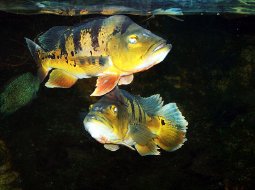
- Ph: 6 - 7.5
- Temperature (c°): 25 - 30
- Measures: 30 cm - 60cm
- Aquarium Capacity:
420 Liters - 111 Gallons - Alimentación: Piscivore
- Colores: Black, Orange, Yellow
- Comportamiento: Aggressive, Territorial
- Habitad: American
- Preferencias del Acuario: Rocks
- Tamaño: Very Big
- Taxonomía: Fish
- Tipo de Agua: Sweet water, Tropical waters
- Velocidad de nado o movimiento: Fast
- Zona de Nado: Aquarium background, Swim in the middle of the aquarium

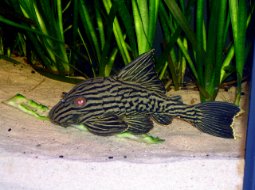
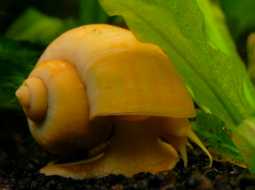
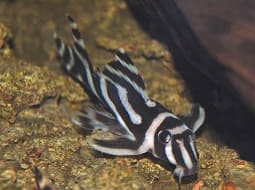
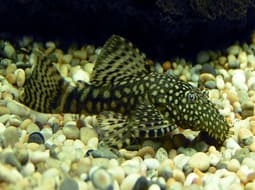

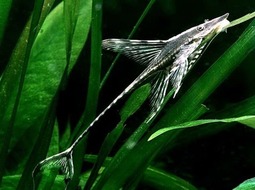

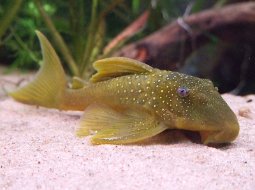
.jpg)
